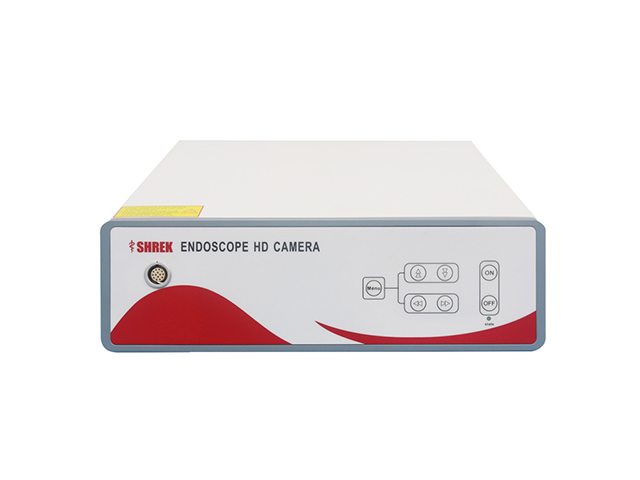SHREK NEWS
Common faults and troubleshooting of laparoscopic equipment during operation

During laparoscopic procedures, several faults may occur with the laparoscopic equipment. Here are some common faults and troubleshooting steps:
Poor image quality: Poor image quality can occur due to issues such as poor lighting, poor camera positioning, or a damaged camera. Troubleshooting steps may include adjusting the light source, repositioning the camera, or replacing the camera if damaged.
Instrument malfunction: Instruments such as graspers, scissors, or dissectors may malfunction due to issues such as breakage or wear and tear. Troubleshooting steps may include replacing the instrument, adjusting the pressure, or repositioning the instrument.
Gas leak: Gas leaks can occur during laparoscopic procedures due to issues such as loose connections, damaged valves, or a faulty insufflator. Troubleshooting steps may include checking the connections, replacing the valve or insufflator if damaged, or adjusting the gas pressure.
Power failure: Power failure can occur due to issues such as a dead battery or a faulty power cord. Troubleshooting steps may include replacing the battery, checking the power cord, or using a backup power source.
Overheating: Overheating can occur due to issues such as a clogged fan or inadequate ventilation. Troubleshooting steps may include cleaning the fan, ensuring adequate ventilation, or replacing the equipment if damaged.
System error: System errors can occur due to issues such as software malfunctions or a damaged control unit. Troubleshooting steps may include resetting the system, updating the software, or replacing the control unit if damaged.
In general, it is important to perform regular maintenance and calibration of the laparoscopic equipment to prevent faults from occurring during operation. It is also essential to follow manufacturer guidelines and to seek professional assistance if troubleshooting steps are unsuccessful or if the issue requires advanced technical expertise.




